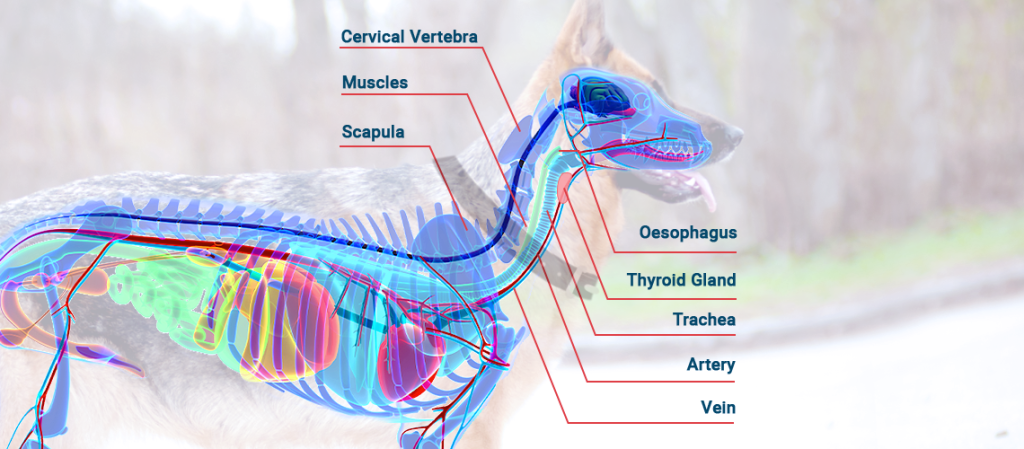When it comes to walking your dog, you have two main options for attaching a leash: a collar or a harness. You might be wondering, “What’s the big deal? Isn’t a collar just as good as a harness?” Well, actually, no. In this blog post, we’ll discuss the pros and cons of each option and explain why harnesses are the superior choice when it comes to walking your furry friend.
The Pros and Cons of Dog Collars
Giving your dog a collar is the simplest way to attach a leash. All you have to do is slip the loop of the leash over your dog’s head and you’re good to go. However, there are some drawbacks to using collars that you should be aware of.
Firstly, collars can be uncomfortable for dogs, especially if they’re not fitted properly. If a collar is too tight, it can chafe your dog’s neck and irritate it. On the other hand, if it’s too loose, it can easily slip off—especially if your dog is prone to wriggling out of things. In addition, collars put all the pressure of walking on your dog’s neck, which can lead to neck pain or even injuries in severe cases.
For these reasons, many experts recommend against using collars—even so-called “breakaway” collars designed to come off if pulled too hard. If you do decide to use a collar, be sure to fit it properly and never pull on the leash too hard.
The Advantages of Using a Harness
Now that we’ve discussed the downside of collars, let’s talk about harnesses—specifically, why they’re a better choice for walking your dog.
Unlike collars, which put all the pressure on your dog’s neck, harnesses distribute evenly across their chest and back. This removes the risk of neck injuries and makes walks more comfortable for your furry friend. In addition, well-fitting harnesses can’t slip off as collars can, so you don’t have to worry about your dog wriggling out of them mid-walk. Finally, many harnesses come with additional features like reflective strips or built-in storage pockets that can make walks more enjoyable (and safe) for both you and your dog.
There are many different types of harnesses available, so you must select the right size. A good rule-of-thumb for determining if your dog can wear a particular style or type is to try slip one finger between their skin and any part where there’s elastic material–like around thighs near feet in climbing styles.”
So there you have it! Everything you need to know about choosing between a collar and harness for your dog. We hope this blog post has helped make your decision— but if you’re still unsure, we recommend erring on the side of caution and going with a harness. After all, what’s more, important than keeping your best friend safe and comfortable?
Keep your pet safe by taking them with you almost anywhere with Official ESA approval. You’re already pre-approved so click here to finalize.
Already ESA approved? Take your freedom to the next level by making your dog an Official Psychiatric Service Dog (PSD)


